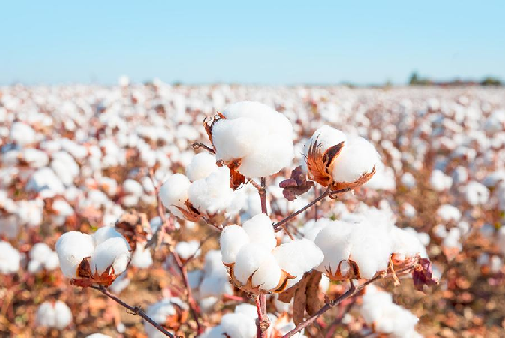Saturday, 22 November 2025


Bt cotton, introduced in India in 2002, initially boosted yields and reduced pesticide use, but its long-term impact has been marked by stagnating productivity, rising pest resistance, and severe erosion of native cotton biodiversity. The dominance of hybrid Bt seeds has increased farmer dependency on corporations and reduced the viability of low-input, organic, and climate-resilient systems. India now needs a strategic shift toward non-GM, indigenous cotton varieties and organic production models. Successful initiatives like ASA’s Nimad organic cotton model in Madhya Pradesh demonstrate the potential for sustainable, high-value cotton cultivation. A National Desi and Organic Cotton Mission can revive seed sovereignty, improve farmer incomes, and enhance ecological resilience. India’s cotton future lies not in biotech monopolies, but in biodiversity, agroecology, and farmer-led innovation.
— Dr M S Basu, MD, SBSF Consultancy; Formerly Director ICAR; Visiting Scientist ICRISAT; UNIDO Consultant (Africa); VP (R&D) KSPL; Consultant, NAIP–World Bank & TATA Trusts
India adopted Bt cotton in 2002 with hopes of transforming its pest-ravaged, low-yield cotton sector. At first, the technology appeared revolutionary—cotton yields increased, bollworm-related pesticide use dropped, and India rapidly rose to become the world’s top cotton producer and exporter. By 2014, more than 90% of India’s cotton acreage was planted with Bt hybrids, reflecting enthusiastic farmer adoption.
Yet, the early promise of Bt cotton has not endured. Over the past decade, yields have stagnated at around 500 kg/ha—far below the global average of 2,000 kg/ha. Even more concerning are the emerging ecological and socio-economic costs. Secondary pests like whiteflies and mealybugs, previously considered minor, have proliferated, necessitating renewed pesticide applications. Meanwhile, bollworms have begun developing resistance to Bt toxins, undermining the core rationale behind the technology.
Perhaps the gravest—and least discussed—consequence has been the erosion of India’s indigenous cotton biodiversity. India was once home to a wide range of native varieties—many of them drought-tolerant, pest-resilient, and well-suited to local agro-climatic conditions. With the spread of Bt cotton, most of these traditional cultivars have disappeared from the fields.
Bt cotton’s dominance, largely in hybrid form, has also disrupted the seed economy. Farmers can no longer save seeds for the next crop, leading to annual seed purchases and growing dependence on corporate suppliers. This has been especially detrimental to smallholders in rainfed areas, where Bt hybrids tend to underperform due to their higher water and input needs.
Furthermore, Bt cotton is not compatible with organic or low-input systems. India, once a hub of desi cotton varieties with distinct fiber qualities, now struggles to participate in premium global segments like organic and extra-long staple cotton—areas increasingly led by Egypt, Peru, and China.
To read more, click: https://agrospectrumindia.com/e-magazine